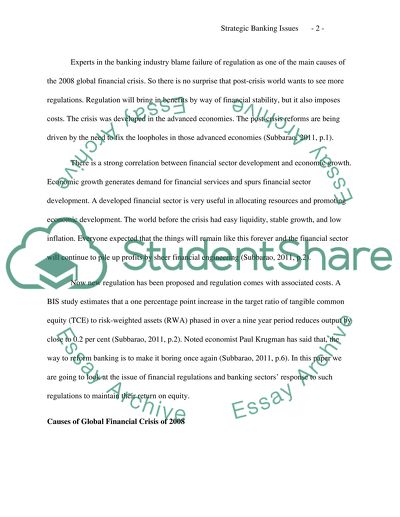Cite this document
(“Strategic Banking Issues Regulations and Profitability Essay”, n.d.)
Retrieved from https://studentshare.org/finance-accounting/1397537-strategic-banking-issues
Retrieved from https://studentshare.org/finance-accounting/1397537-strategic-banking-issues
(Strategic Banking Issues Regulations and Profitability Essay)
https://studentshare.org/finance-accounting/1397537-strategic-banking-issues.
https://studentshare.org/finance-accounting/1397537-strategic-banking-issues.
“Strategic Banking Issues Regulations and Profitability Essay”, n.d. https://studentshare.org/finance-accounting/1397537-strategic-banking-issues.


